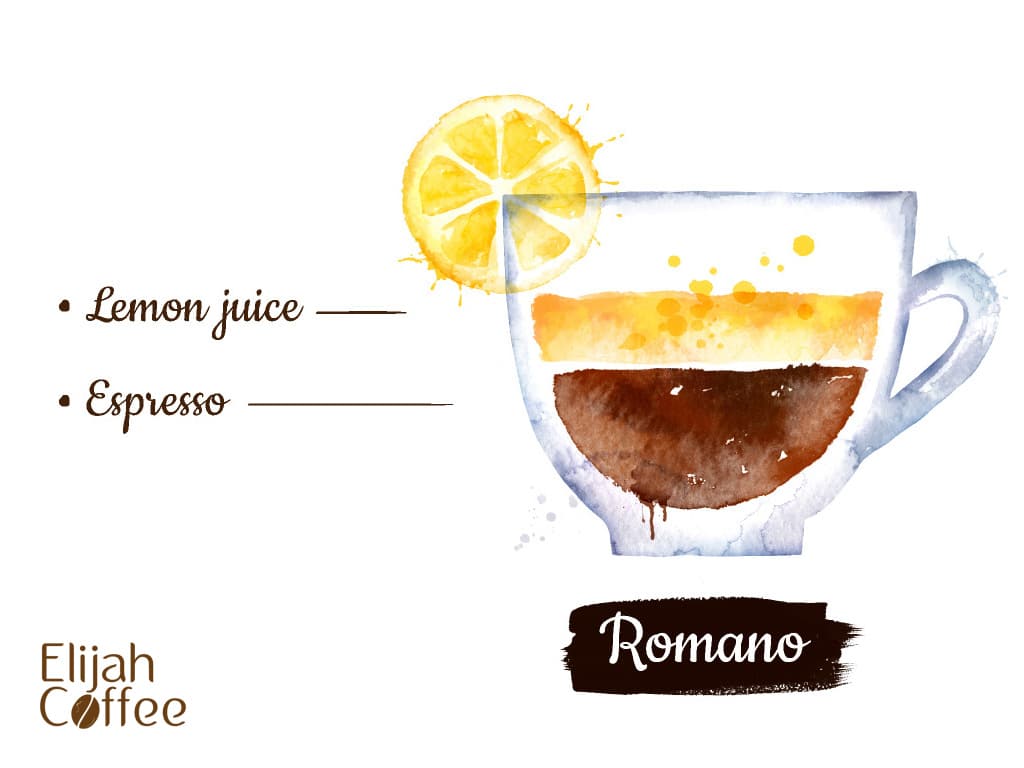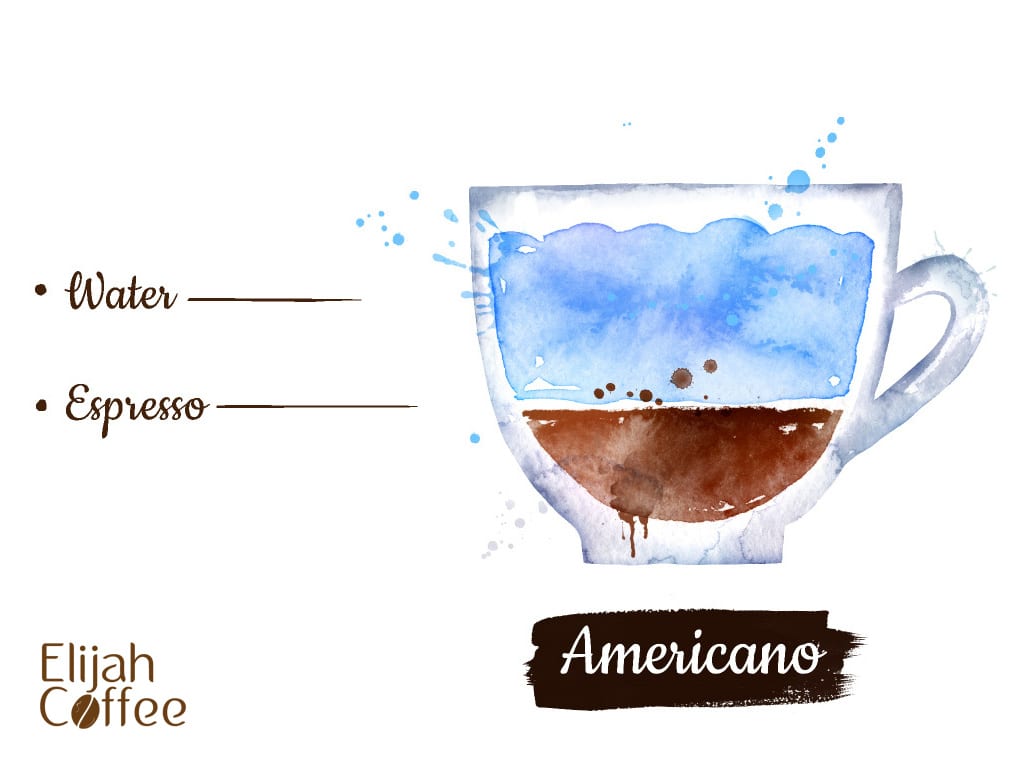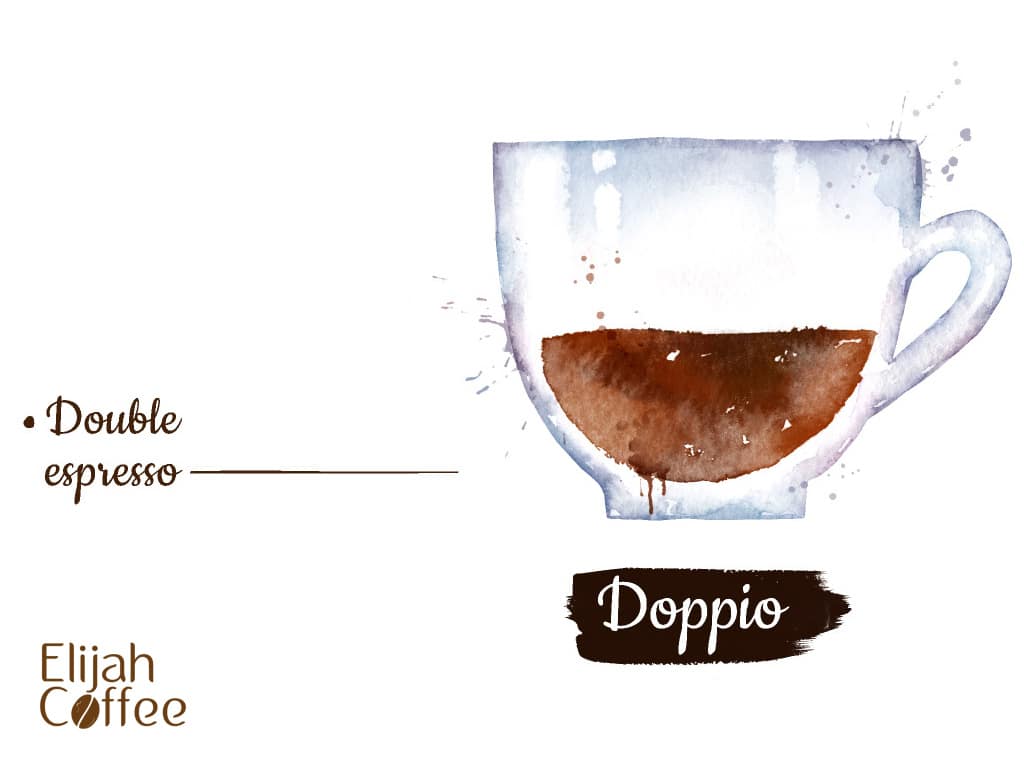While aluminum Moka pot is the classic, so to speak, stainless steel Moka pots are becoming ever more popular these days.
There’s no unilateral decision about which one is better and companies widely use both in production, but there are distinct differences between the two metals, which may sway your decision about which Moka pot to buy.
So what are the differences between an aluminum Moka pot and a stainless steel one? Let’s break it down.
But first…
Let’s Talk About Similarities:
Moka pot or Makineta, as it is sometimes called, whether made from aluminum or stainless steel the design of the Moka pot stays the same. It still consists of the three chambers the design has been known for since 1933:
1. The first – bottom – chamber to be filled with water. When the Moka Pot gets hot, the pressure builds and the water rises to…
2. The second – middle – chamber, where the coffee is placed. Water rising into the middle chamber means the coffee has started to brew.
3. The third – top – chamber, where the coffee rises after the brewing is done.
This design (including the shape and form of each chamber, as well as basic elements of the overall look) is the same for all the Moka pots, no matter the material used to make it.
So what are the differences?
The Upsides and Downsides of Aluminum Moka Pots
Aluminum is a lightweight metal that is a great heat conductor. This is its primary upside when it comes to brewing coffee: since aluminum Moka pots distribute heat equally throughout the entire chambers, the coffee brews evenly throughout and there’s less chance of any part of it either being burnt by overholding it on fire or not being brewed throughout.
Aside from this no doubt great upside, there’s also the cost – aluminum is a comparatively cheaper material, so aluminum Moka pots tend to be cheaper than stainless steel ones.
And last but not least, when it comes to replacing parts, finding what you need tends to be easier for aluminum pots than for stainless steel ones.
Of course, no good thing comes without a downside or two, and the aluminum Moka pot is no exception.
The one big downside when it comes to aluminum is that it might influence the taste of your coffee unless you “break the Moka pot in” first. As in, you have to brew 2-3 batches of coffee specifically to throw them out later. This is referred to as seasoning. Until you season your Moka pot, there’s a chance the coffee will have a distinct metallic taste.
They also require soft handling when being cleaned. Contrary to popular opinion, you can’t leave Moka pot dirty – the leftover coffee will burn and ruin the taste of newer batches. But aluminum can be easy to scratch and damage, so aluminum Moka pots require gentler handling.
The Upsides and Downsides of Stainless Steel Moka Pots
Stainless steel is a more durable and stronger material than aluminum. Additionally, stainless steel contains chromium, an element that makes it more resistant to corrosion. Its resistibility is further augmented by stainless steel being non-porous (meaning not having little holes in the surface). Aluminum on the other hand is corrosive, if not properly taken care of – especially when experiencing oxidization.
Since coffee is acidic, it can corrode aluminum over time, facilitating oxidization – and oxidization in turn leads to rusting. This is not something to worry about with stainless steel pots. They are also easier to clean due to their sturdiness.
Also, unlike aluminum Moka pots, stainless steel ones do not influence the taste of your coffee. So you’re good to go from the very first batch.
The stainless steel Moka pots do have one significant downside (aside from the cost – they do tend to cost more than aluminum ones) and that is that the brewing process itself is harder to control in the stainless steel Moka pot.
Stainless steel isn’t as good a heat conductor as aluminum. This may cause hot-and-cold spots in the coffee unless the heat source is placed in a way that doesn’t favor either side of the Moka pot. Additionally, if one side gets hotter, it might cause the coffee on that side to burn while the other side is still brewing – and that means none of the coffee in the pot will be good for consumption.
Which One to Buy?
Depends on your palette and budget, really – brewing coffee is easier in the aluminum one and it’s thought to deliver a better end result (and is also cheaper), but many don’t see the difference between the two.
Stainless steel ones are more durable and easier to maintain, but cost more and you might have some trouble learning how to brew coffee with them.


















































